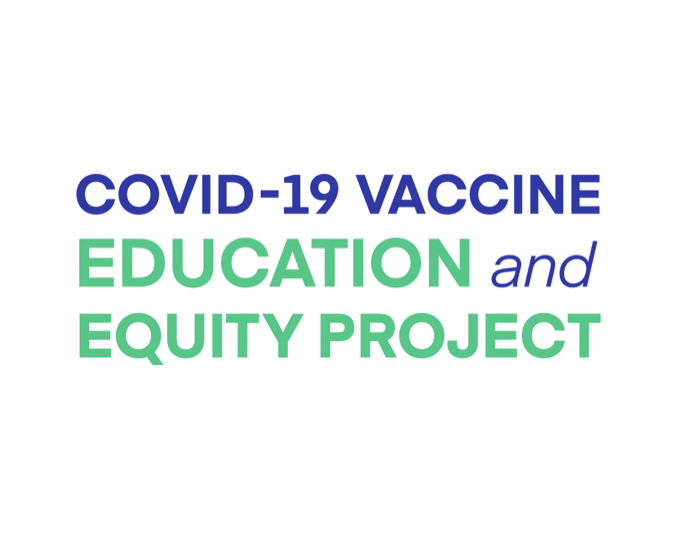This National Health Priority has been archived.
We have archived AAPA’s Oral Health Toolkit, Veterans Health Toolkit, and the COVID-19 Resource Center. These collections are no longer updated by AAPA and may contain outdated information.
COVID-19 Resource Center
Overview
The nation is now in the next phase of the COVID-19 pandemic. While the virus is still spreading, hope comes in the form of vaccines. These aggregated resources are intended to help PAs answer patient questions about vaccines and stay up to date on the prevention, treatment, and the acute and chronic management of the virus. These trends will have continued significance in the months and years ahead especially as all providers work to manage the short-term and long-term sequelae of COVID-19 and associated comorbidities.
COVID-19 Prevention
Vaccine Use Recommendations
COVID-19 CDC ACIP Vaccine Recommendations
CDC ACIP Interim Recommendation for Use of Moderna COVID-19 Vaccine
CDC ACIP Recommendation for Use of Pfizer-BioNTech COVID-19 Vaccine
CDC ACIP Recommendation for Use of Janssen (Johnson & Johnson) COVID-19 Vaccine
CDC COVID-19 Vaccines for Children and Teens
CDC Vaccine Recommendations for People who are Pregnant or Breastfeeding
CDC Vaccination of Minors FAQs
Vaccines and Clinical Practice
COVID-19 Vaccination Information
CDC – COVID-19 Prevention Toolkit
CDC – Preparing for Management of Potential Anaphylaxis at COVID-19 Vaccination
CDC – Preparing for Vaccinations at Long Term Care Facilities
CDC – Post Vaccine Considerations for Long Term Care Residents
CDC – Sample Letter to Patients
CDC – Vaccine Recipient Education
Frequently Asked Clinical Questions (FAQs) on Vaccine-Induced Thrombotic (VITT) Thrombocytopenia
Infectious Diseases Society of America (IDSA) and ASH podcast for healthcare providers on VITT, how it presents in frontline health care settings, first steps in diagnosing, and how to treat it.
Additional resources can be found below:
- Frequently Asked Questions about VAERS Reporting for COVID-19 Vaccines
- HRSA’s Fact Sheets for Patients and Providers on COVID-19 Care for Uninsured Individuals
Vaccine Communications Toolkits
CDC – 12 COVID-19 Vaccination Strategies for Your Community
CDC – COVID-19 Vaccination Communication
CDC – Guide for Jurisdictions to Expand COVID-19 Vaccine Distribution to Primary Care Providers
CDC – Pediatric Healthcare Professionals COVID-19 Vaccination Toolkit
CDC – Talking to Recipients About COVID-19 Vaccines
HHS Office of Minority Health – Preparing for the COVID-19 Vaccine
NFID – Promoting Prevention Measures and Vaccine Acceptance
General Vaccine Information
Mitigation Strategies
Vaccine Confidence
ACOG – COVID-19 Vaccines and Pregnancy: Conversation Guide
CDC – COVID-19 Vaccination Communication
CDC – Statement on ACIP Booster Recommendations
COVID-19 Vaccine Confidence in Diverse Communities Webinar
Provided by the American Academy of PAs in collaboration with The France Foundation
Supported by an independent educational grant from GlaxoSmithKline
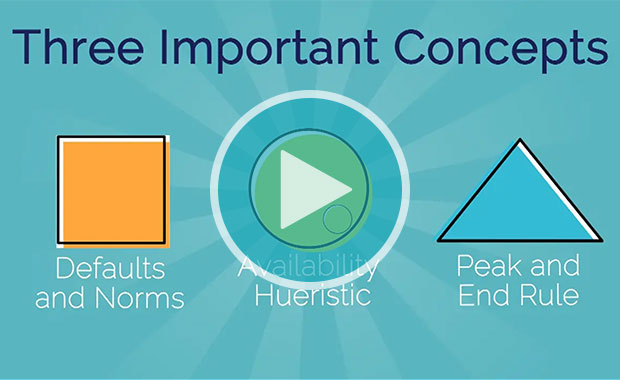
Are your decisions impacted by what’s expected of you? Most likely!
People aren’t always rational. How we make decisions, including those about our health, are influenced by many factors, including what is expected of us and what others like us do. This short animated video highlights how defaults and social norms can be used to help us think about vaccination decisions differently.

Are your decisions influenced by thrilling headlines? Probably!
We often judge how frequently something happens by how easily we remember seeing or hearing about it. What we can recall seems more likely than what we can’t recall. This short animated video demonstrates how we can focus people’s attention on the right side of the vaccination story.
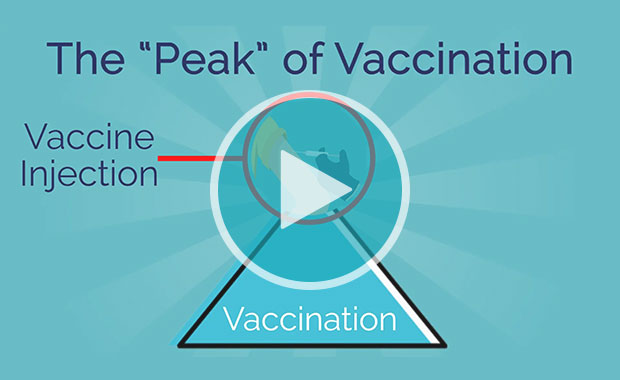
Are the decisions you made today based on the experiences you had yesterday? Chances are!
Memories of unpleasant experiences are primarily based on how “bad”, “terrible”, and “disagreeable” they were at their worst moments and at the end of the experience. This short animated video illustrates how we can improve the experience of vaccinations to increase the odds of having patients return the next time.
Clinical
Federal Agencies
CDC – Information for Healthcare Professionals
U.S. Food and Drug Administration Coronavirus Resources for Health Professionals
Drug Enforcement Administration COVID-19 Information
U.S. Department of Health and Human Services
Treatment & Therapeutics
CDC – Clinical Care Information
CDC – Evaluating and Caring for Patients with Post-COVID Conditions: Interim Guidance
CDC – Guidance for Management of Patient with COVID-19
HHS Provider’s Guide to COVID-19 Therapeutics
Clinical Guidance from the National Emerging Special Pathogens Training and Education Center
Information on Therapeutics & Interventions from the Infectious Disease Society of America
NIH – COVID-19 Treatment Guidelines
Treatment Guidelines from the National Institutes of Health
Paxlovid (nirmatrelvir/PF-07321332 and ritonavir)
Testing
CDC Guidance for Antigen Testing
Behavioral Health
American Psychological Association Information & Resources
CDC – Caring for People with Post-COVID Conditions
National Suicide Prevention Lifeline
SAMHSA’s Disaster Distress Helpline
Comorbidities and Special Populations
CDC – Guidance – People at Increased Risk
Cardiovascular Guidance from ACC
Gastroenterology Guidance from American Gastroenterological Association
Hematology Guidance from American Society of Hematology
Nephrology Guidance from American Society of Nephrology
Pediatric Guidance from American Academy of Pediatrics
Psychiatric Guidance from American Psychological Association
Pulmonary Guidance from American Thoracic Society
Rheumatology Guidance from American College of Radiology
Long COVID and COVID-19 Complications
CDC – Evaluating and Caring for Patients with Post-COVID Conditions: Interim Guidance
CDC – Multisystem Inflammatory Syndrome in Children (MIS-C)
Public Health Resources
American Public Health Association COVID-19
Johns Hopkins Coronavirus Resource Center (outbreak map)
National Association of County Health Officials – Directory of Local Health Departments
Medical Journals
Annals of Internal Medicine Coronavirus content
JAMA Network COVID-19 collection
NEJM Collection of COVID-19 Publications
The Lancet’s COVID-19 Resource Centre
The New England Journal of Medicine’s collection of articles on COVID-19
Wolters Kluwer: COVID-19 Resources & Tools
Clinical Trials
Health Equity
Health Equity Resources
CDC – COVID-19 Vaccination Equity
CDC – COVID-19 Vaccine Equity: Best Practices for Community and Faith-Based Organizations
CDC – Health Equity and COVID-19
CDC – Guidance on Unsheltered Homelessness
CDC – Racial and Ethnic Approaches to Community Health
CDC – COVID-19 Racial and Ethnic Disparities
U.S. Department of Health and Human Services Office of Minority Health – COVID-19 Response
National Academies of Medicine – Resources on Health Equity/COVID-19
Practice Resources
Building a Culturally Responsive Telehealth Treatment
Learn How Implicit and Overt Bias Impact How You Practice
Coalitions
Advocacy & Policy
Featured Resource

Suspended or Waived Practice Requirements for PAs
Use this interactive map to see which states have taken action to suspend or waive certain practice requirements for PAs in response to COVID-19.
Federal
Coronavirus Waivers & Flexibilities
Federal Flexibilities during COVID-19
Public Readiness and Emergency Preparedness Act
State
Sample Emergency Declaration Language
Suspended/Waived Practice Requirements
Temporary License Prior to Certification Summary
Reimbursement
CMS Billing for COVID-19 Vaccines
CMS Billing for Monoclonal Antibody COVID-19 Infusion
Testing, Treatment, and Vaccine Administration for the Uninsured
COVID-19 CME
The following CME is available from AAPA and from trusted partners/other organizations involved in the COVID-19 response.
Prevention
CDC – COVID-19 Vaccine Webinar Series
CDC CME – Administering Vaccines
Learning Central CME
Going Viral: COVID-19 and Obesity Series RECENTLY RELEASED
The Kids Are (Not) All Right: Educational and Psychosocial Effects of the COVID-19 Pandemic on Children and Adolescents RECENTLY RELEASED
Emerging Research on Postacute COVID-19 Complications JAAPA July 2023
Going Viral: Testing, Diagnosis, and Treatment of COVID-19 Series
Post-COVID-19 Neurologic Syndrome: Another Legacy of the Pandemic JAAPA September 2022
Clinical Dialogue: New Opportunities in the Treatment of COVID-19
eCase Challenge: New Opportunities in the Treatment of COVID-19
Clinical Dialogue: Best Practices for Vaccine Co-Administration in a COVID World EXPIRES SOON
Bias: What You Don’t Know Can Hurt You and Your Patients
The Role of Social Determinants of Health in Clinical Practice and Subsequent Health Outcomes
Articles
PAs and NPs provide essential care for children with COVID-19
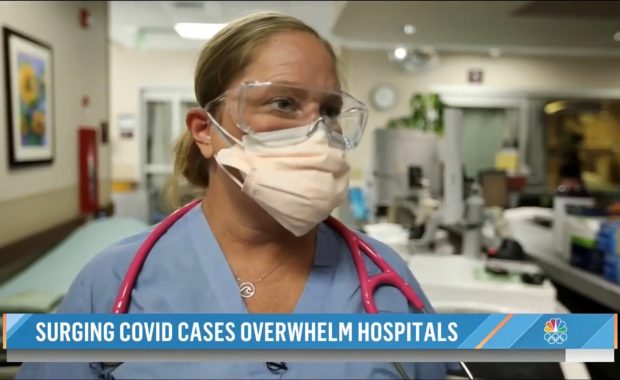
California PA Featured on NBC’s TODAY Show Shares Her Experience on COVID-19 Front Lines
TODAY Show features Arianna Campbell, PA-C, an emergency medicine PA at the Marshall Medical Center in Placerville, California – highlighting how COVID surges have hit rural communities and how PAs like Campbell have been leaders on the frontlines throughout the pandemic.
September 1, 2021
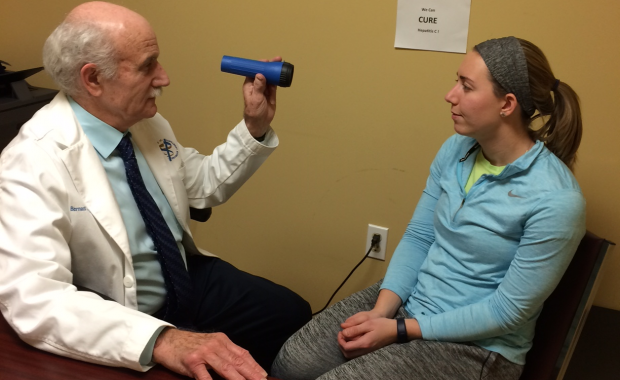
PAs Share Experiences of COVID-19 Impacts on Patients With SUD
In December of 2020, the Centers for Disease Control and Prevention (CDC) released data that showed overdose deaths accelerated due to the COVID-19 pandemic. Two PAs who work with this patient population shared their experiences and perspectives.
August 19, 2021

Barriers to Care: Four PAs Talk About Serving Rural Communities During the Pandemic
Four PAs talk about the barriers to care in rural communities they’ve experienced during the COVID-19 pandemic, including office space limitations and vaccine hesitancy, and new legislation that might help draw more PAs to practice in rural communities.
August 3, 2021

How COVID-19 Impacted PA Salaries
As part of the 2021 AAPA Salary Survey, now available in PDF format on aapa.org, AAPA’s Research Department collected data to understand the impact of COVID not only on the PA workforce, but on compensation as well as practice changes.
July 30, 2021

Health Inequities: How PAs Can Help Bridge the Care Gap
The PA Foundation’s Vital Minds podcast featured a discussion on how health disparities have been exacerbated by COVID-19, the role socioeconomic factors and insurance may play in health disparities, and how PAs – and other allies – can help bridge the care gap.
July 2, 2021
